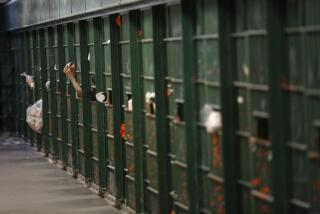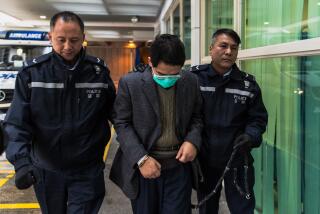MS-13 gang’s bloody reign of terror in San Fernando Valley leaves residents horrified
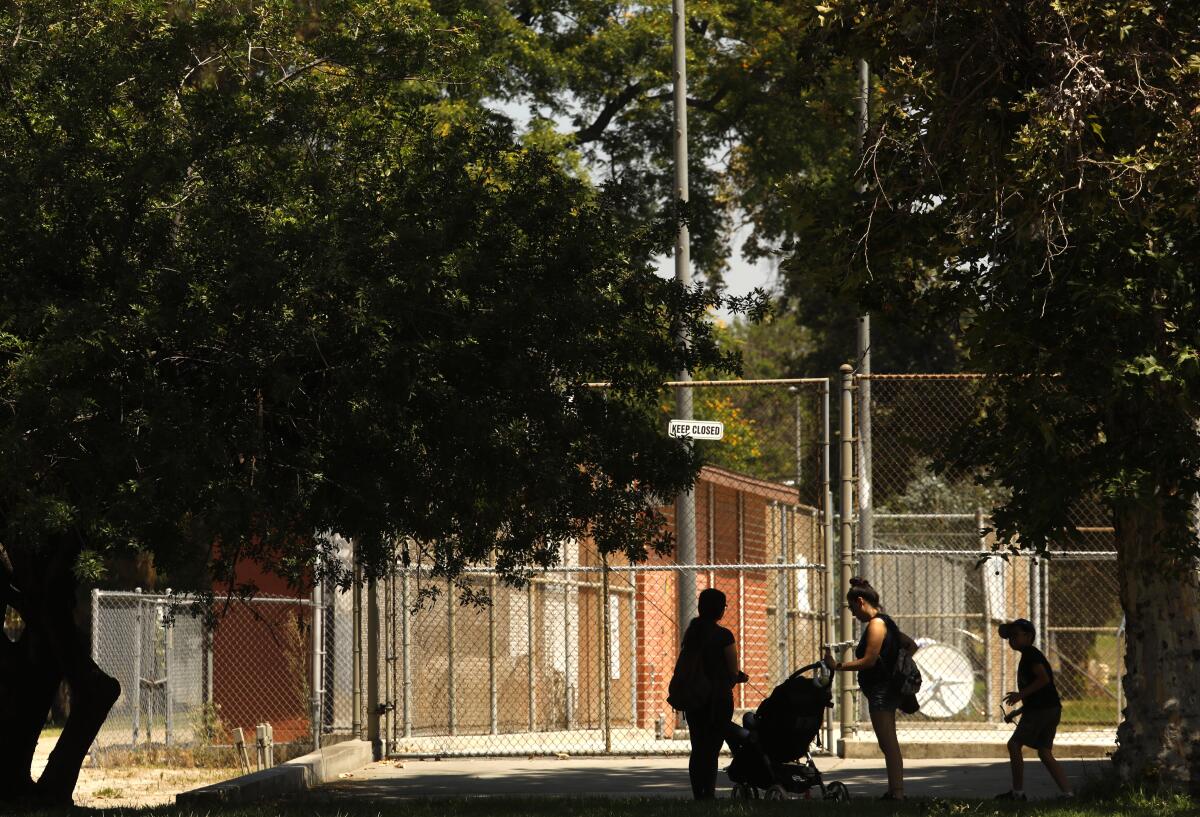
Brayan Andino wasn’t the type to go somewhere without telling his mother.
So when the 16-year-old didn’t come home from school one day in October 2017, Doris Andino immediately searched her son’s computer. She found messages arranging a meeting with a girl at Lake Balboa Park, but by the time she drove there, her son was nowhere to be found.
By midnight, she’d reported Brayan missing to the police. The next morning, she drove to Panorama High School, hoping the surveillance cameras there might offer a clue. But the devices were broken.
Her mind wandered to a dark place.
“There’s a lot of evil out there,” Doris said. “I just kept thinking the worst.”
Her instincts would soon be proven right in gruesome fashion. Police said the girl who messaged Brayan was affiliated with the Fulton clique of the MS-13 street gang, and they were setting a trap.
RELATED: Inside the MS-13 indictments
Hours after he disappeared, Brayan was beaten and stabbed to death by members of the gang, who left the teen’s remains in a canyon, prosecutors allege.
The killing was one of several murders detailed in a federal indictment unsealed this week that authorities say is a grim reminder of MS-13’s bloody tactics even as the gang’s influence has waned somewhat in Southern California.
The indictment describes a reign of terror, called “medieval” by one prosecutor, by a section of the gang in parts of the San Fernando Valley. It included allegations of ritualistic murders involving dismemberment and machetes by a Central American gang that took root in Los Angeles in the 1980s.
In the working-class Valley neighborhoods where the gang allegedly operated, residents were stunned by the brutality but said they’d seen signs of increased gang activity, including more graffiti. It left them to wonder whether this was the beginning of a new spasm of gang violence.
“Gang members usually just shoot each other, but now they’re removing people’s hearts?” Doris Andino asked, wiping away tears as she recounted her son’s death. “It’s horrible. It’s scary.”
Prosecutors said Tuesday the Fulton clique of the gang had been linked to seven killings in the Los Angeles area since 2017, many of which ended with body parts being scattered in mountain passes and remote areas. Most of the killings were the result of a new rule requiring clique prospects to take a life in order to gain entry into the gang, investigators said.
Jose Miguel Cruz, a professor and director of research at Florida International University’s Latin American and Caribbean Center who has interviewed MS-13 members in Central America, said the vicious nature of the crimes alleged this week had more in common with the gang’s behavior in El Salvador.
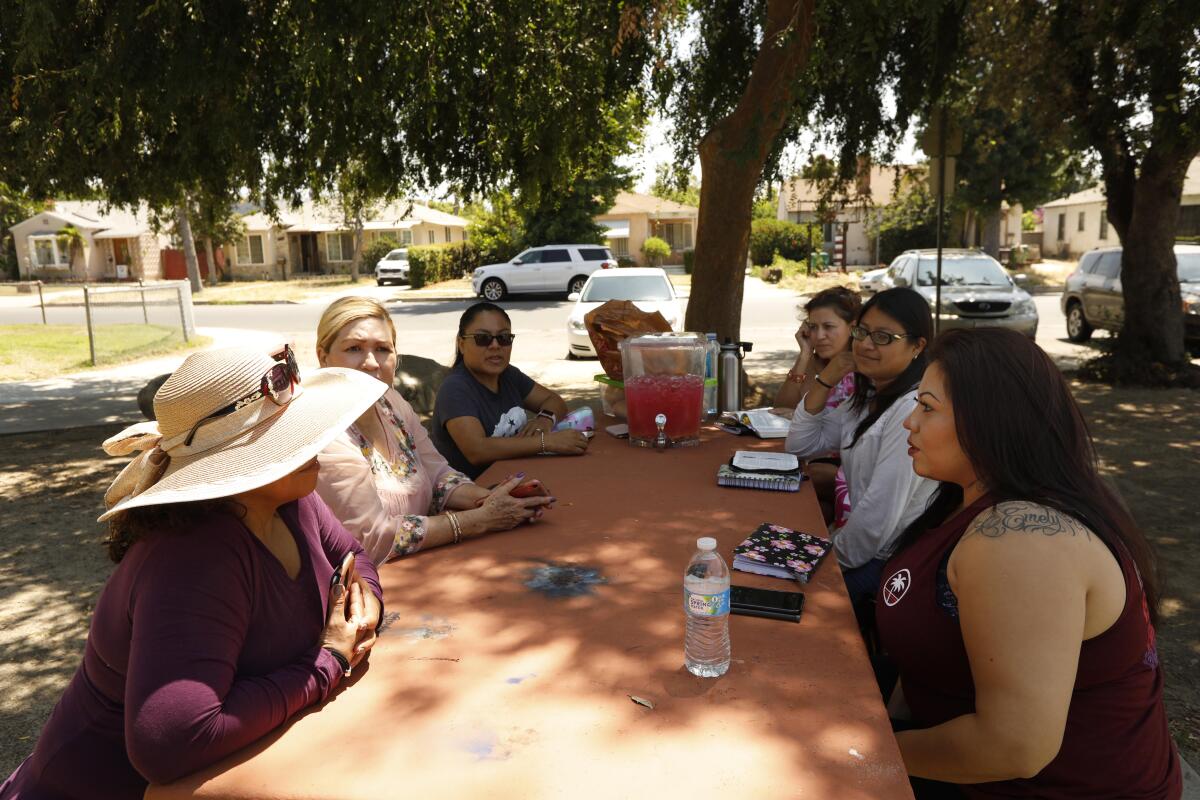
Gang members whom Cruz interviewed said MS-13 cliques in Los Angeles would generally avoid taking part in drive-by shootings if their target was with their family, and they would reserve beheadings and other exceptionally brutal killings only for those enemies who had committed a serious transgression against the gang.
“Those rules, people don’t observe those rules in El Salvador,” Cruz said. “New arrivals, immigrants, gang members who join in El Salvador and now are here in the U.S. and are kind of bringing that sort of behavior … that might be contributing to a cultural shift.”
Of the 22 defendants charged this week, 19 had entered the country illegally from Central America in recent years, prosecutors said. According to the indictment, members of the Fulton clique targeted enemies for defacing gang graffiti or for the mere perception of being in a rival gang.
That assumption led to the gunshot that ended Bradley Hanaway’s life in Whitsett Fields Park in North Hollywood this year, police said. Hanaway, a 34-year-old homeless man, was killed as part of the clique’s attempt to claim territory, the Los Angeles Police Department has said.
Two homeless men who knew Hanaway, but asked not to be identified for fear of retaliation, said Tuesday that the shooting had spread panic among the community of people who normally slept in the park under the shadow of the 170 Freeway.
“A lot of people left. You used to see them congregate, but I think that separated a lot of us,” said one man sitting inside the Valley Plaza Recreation Center across the street. “At night, it’s a ghost town.”
Hanaway generally kept to himself but was an amicable presence around the park, his friends said.
“There was no need for that,” one friend said. “He wasn’t in a gang.”
Johnny Harvey, whose home backs up against a wash that investigators have described as an MS-13 stronghold, said he had noticed a surge in graffiti and vandalism committed by MS-13 in the last two years.
Harvey said he often took walks at night and noticed trees and fence posts tattooed with MS-13 iconography.
“The last year, I don’t know if they got a new supply of paint or what, but it’s really stepped up,” he said.
Harvey, who belongs to his neighborhood watch group, said a representative from the LAPD told them MS-13 had a presence in their community, but the grisly crimes described in Tuesday’s indictment — some of which were committed behind his house — came as a surprise.
Harvey said he no longer felt comfortable letting his daughter play outside after dark.
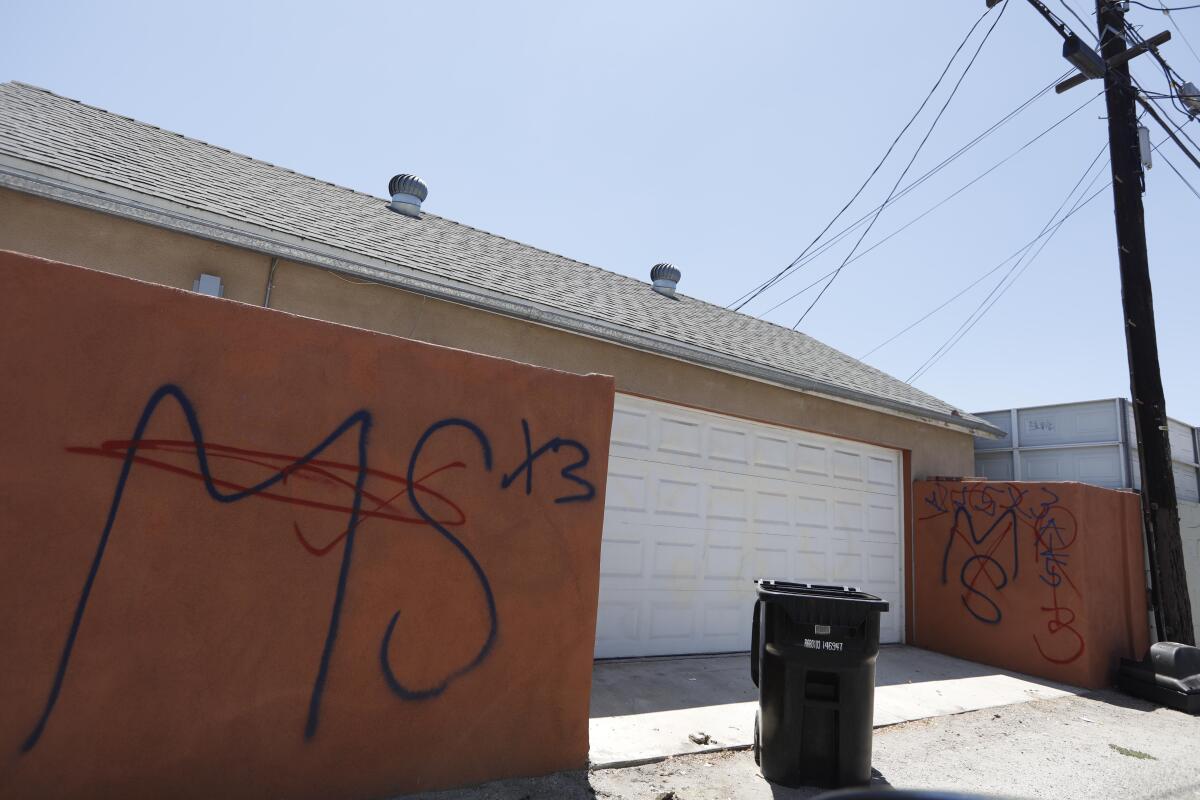
Despite the unnerving details revealed this week, some people with experience dealing with MS-13 questioned the motives behind publicizing such gruesome information. Though multiple academic studies have shown there is no causal link between illegal immigration rates and increases in crime, President Trump has repeatedly held up MS-13 as an example of the dangers posed by lax border enforcement.
Alex Sanchez, a former MS-13 gang member who is now the executive director of the gang intervention organization Homies Unidos, said the Fulton clique was not new to L.A. and suggested federal prosecutors were compiling the string of murders into one case to boost “the anti-immigrant rhetoric of the Trump administration.”
Other experts warned that increased deportations throughout the U.S. in recent years might have unintentionally led to an uptick in violence committed by MS-13. In years past, gang members in El Salvador had told Cruz, the Florida professor, that bosses south of the border had little control over the cliques in Los Angeles, who were more likely to defer to the influence of the powerful Mexican Mafia in California.
Now, MS-13 members in Los Angeles might be more likely to conform to the gang’s bloody roots for fear of facing severe punishment if they are ever deported home, Cruz said.
“With these kind of efforts of deportation, and the efforts of the administration to put them all together,” he said, “in some way they are facilitating the connections and forcing some communication, some contacts between L.A., the East Coast and El Salvador.”
Candace Campbell, 73, organizer for the local neighborhood watch, has lived in Van Nuys for 53 years and said that 20 years ago, neighbors didn’t think much about MS-13. Gang members mostly kept to themselves.
But now she finds herself wondering just how violent the gang has gotten.
“It’s brutal, it’s sick. The thought of how they killed those people is disgusting, and you say, ‘Where am I living?’”
Campbell said that four months ago, 36 homes in the Fulton Avenue neighborhood area were vandalized with MS-13 gang writing. Three men were arrested and linked to the gang, she said.
Doris Andino is intimately familiar with gang violence in both L.A. and Central America. A year after Brayan was killed, her oldest son was murdered by gang members in Honduras.
Now, all she has left is her 14-year-old daughter.
“He was just a kid,” she said of her son Brayan. “I hope they pay for everything they’ve done.”
More to Read
Start your day right
Sign up for Essential California for news, features and recommendations from the L.A. Times and beyond in your inbox six days a week.
You may occasionally receive promotional content from the Los Angeles Times.

